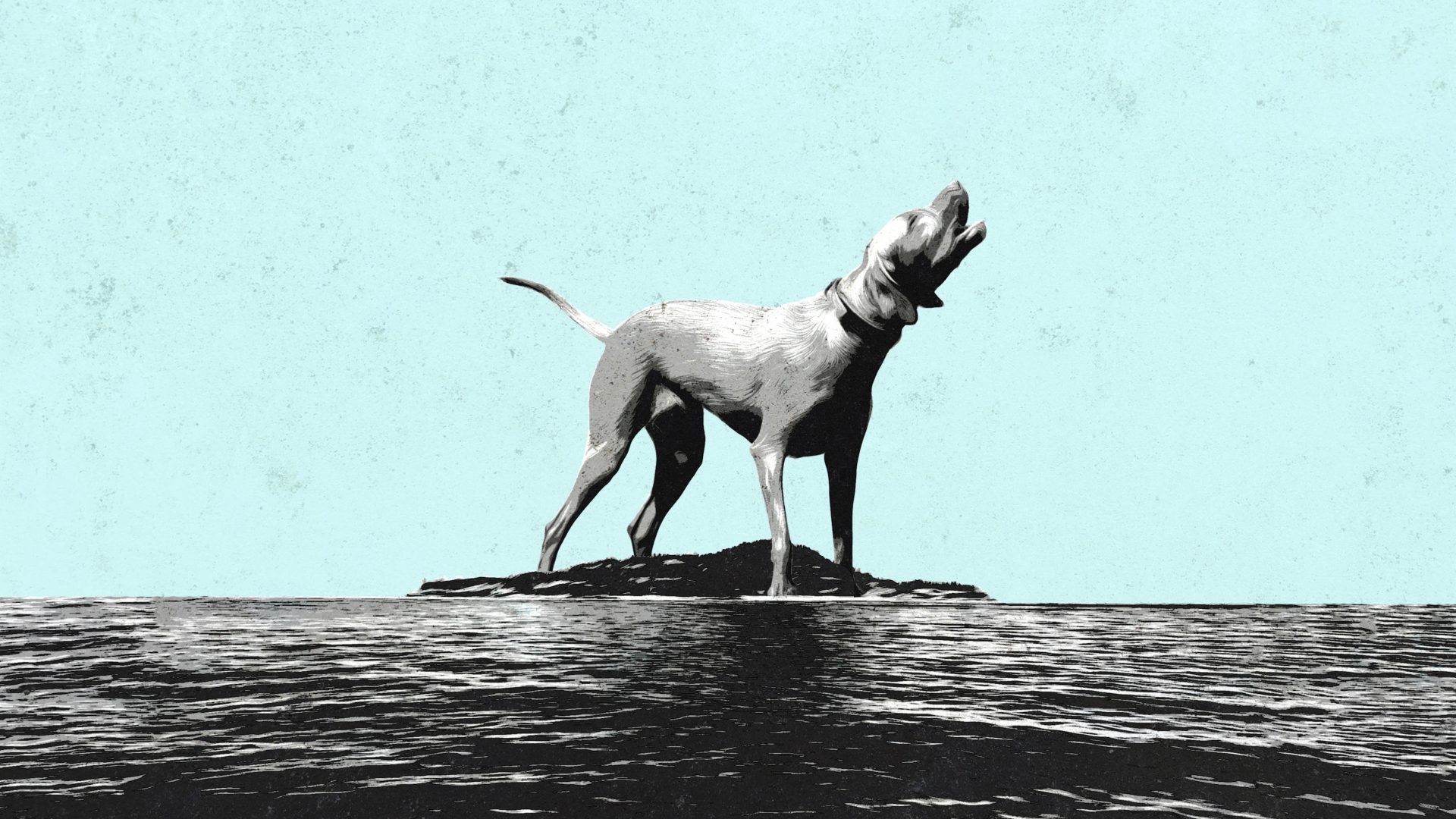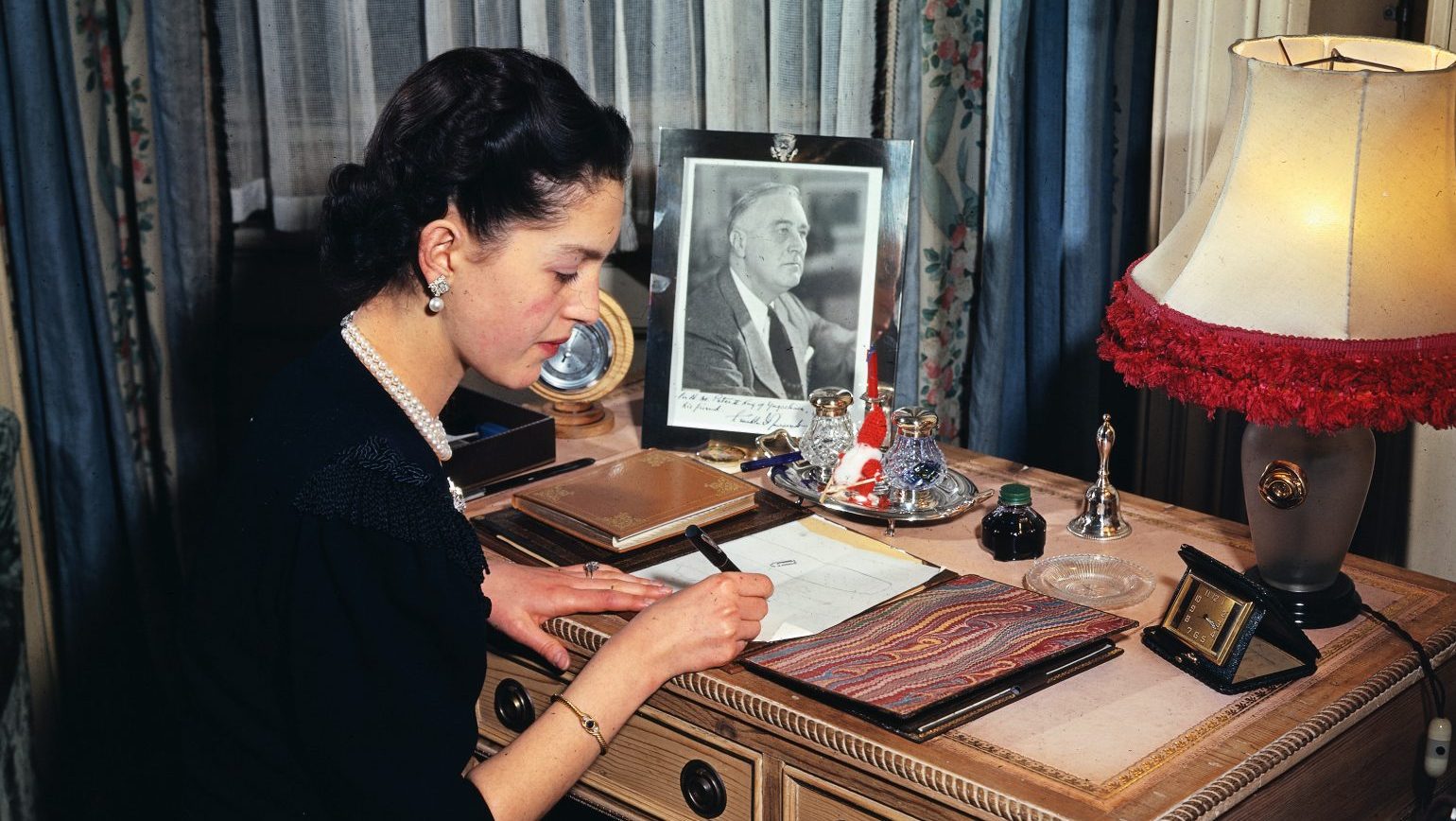Londoners will know that there is an area in the eastern part of their city which goes by the name of the Isle of Dogs. This district houses Millwall and
neighbouring areas, and is also where Canary Wharf is situated.
The name is interesting, and rather puzzling on two counts. First, the Isle
of Dogs is not an island; and secondly, it is not immediately obvious that it has any particular connection to canine quadrupeds.
The “isle” is in fact a peninsula, being surrounded on three sides by a large,
almost circular loop or meander of the River Thames; so while it is not actually an island as such, it isn’t far off.
But what about the “dogs” element? A number of ingenious explanations
have been put forward for this part of the name. The first recorded references to the Isle of Dogges come from the 16th century. One explanation is that King Henry VIII (1491-1547) used to keep his hunting dogs there: he did reside from time to time in the relatively nearby Tower of London. It has also been suggested that King Edward III (1312-1377), who was said to keep greyhounds, was the first to use the Isle to house his dogs.
Others have averred that the name originally had nothing to do with dogs
at all but was in fact the “Isle of Ducks”, because of the large number of wildfowl that lived on the marshes in the area, which has also been known as “Stepney Marsh”.
University of Cambridge professor Laura Wright, herself a Londoner, has
yet another suggestion which she thinks might also be worth considering. It hinges on the fact that London dockers have traditionally been known for their humour and witty wordplay.
The streets around the Royal Docks were one of the centres where Cockney
backslang developed. Backslang is a secret insider’s “anti-language” designed to prevent outsiders from understanding what was being said by, for example, market traders. “Yob” from boy is of course no longer a secret word form, but probably rather few of us would understand that “storrac” were carrots, “edgabac” cabbage, “crouf yenap” was fourpence and, at the butcher’s stall, “enob” and “nacob” were bone and bacon.
It is quite possible, Wright reckons, that the Isle of Dogs was originally the
result of wordplay – a docker’s pun. Among the most common types of boat
which were traditionally in service in and around the London docks were small vessels known as barks (cf. French barque). According to the Oxford
English Dictionary, a bark is “a small ship”, and in earlier times it was “a
general term for all sailing vessels of small size”.
The name Isle of Dogs originally referred not to the whole meander, but
to a particular small island where ships were berthed, right across the Thames from the Royal Dockyard at Deptford. This was where the King’s “lesser bark”, his “great bark”, the “little bark” and his “new bark” were being worked on in 1520, as Henry was in the process of building up his navy.
And it is not hard to see how, among a gang of Cockney blokes having a laugh, an island of barks could end up being known, in jocular parlance, as the “island of dogs”.
GREYHOUND
Greyhounds are not so called because they are grey – most of them are not. The earliest known form of the word was grighund, where hund was the Old
English word for “dog”. But no one is at all sure about what grig signified; it may have meant “bitch”.




